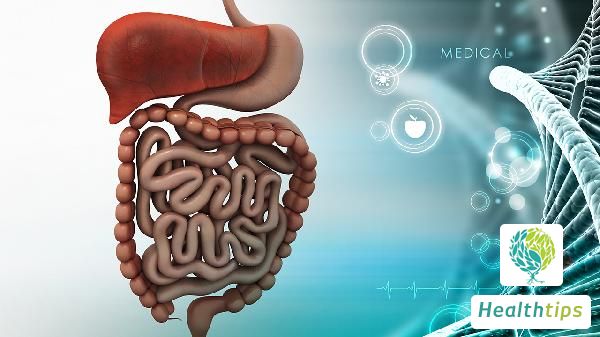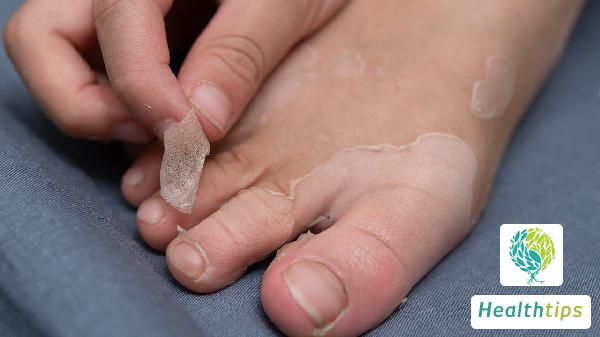How to Deal with Extremely Low Menstrual Flow?
If menstrual flow is unusually low, it is important to promptly visit a hospital for examination. Through a hormonal panel test, the specific reasons for the decreased menstrual flow can be identified. If there is a history of artificial abortion, it is necessary to be vigilant for possible intrauterine adhesions. Issues such as endometrial tuberculosis can also lead to this condition, and targeted treatment should be administered.

1. On the second or third day of menstruation, blood should be drawn to test sex hormones and thyroid function, primarily to assess whether there is polycystic ovary syndrome and whether thyroid function is normal.
2. Understanding medical history is crucial. If there is a history of artificial abortion, it may have caused incomplete intrauterine adhesions, leading to decreased menstrual flow. In this case, hysteroscopy should be performed to separate the adhesions, which can improve menstrual flow.
3. Endometrial or pelvic tuberculosis can cause damage to the endometrium, resulting in decreased menstrual flow. It is essential to first clarify the underlying causes before resorting to medication. Once the reasons are identified, targeted treatment can be administered, leading to good clinical outcomes.
Generally, unusually low menstrual flow is caused by insufficient luteal function in the patient's body, which is related to ovarian aging. Additionally, it may be due to factors such as endocrine dysfunction and insufficient qi and blood.



















